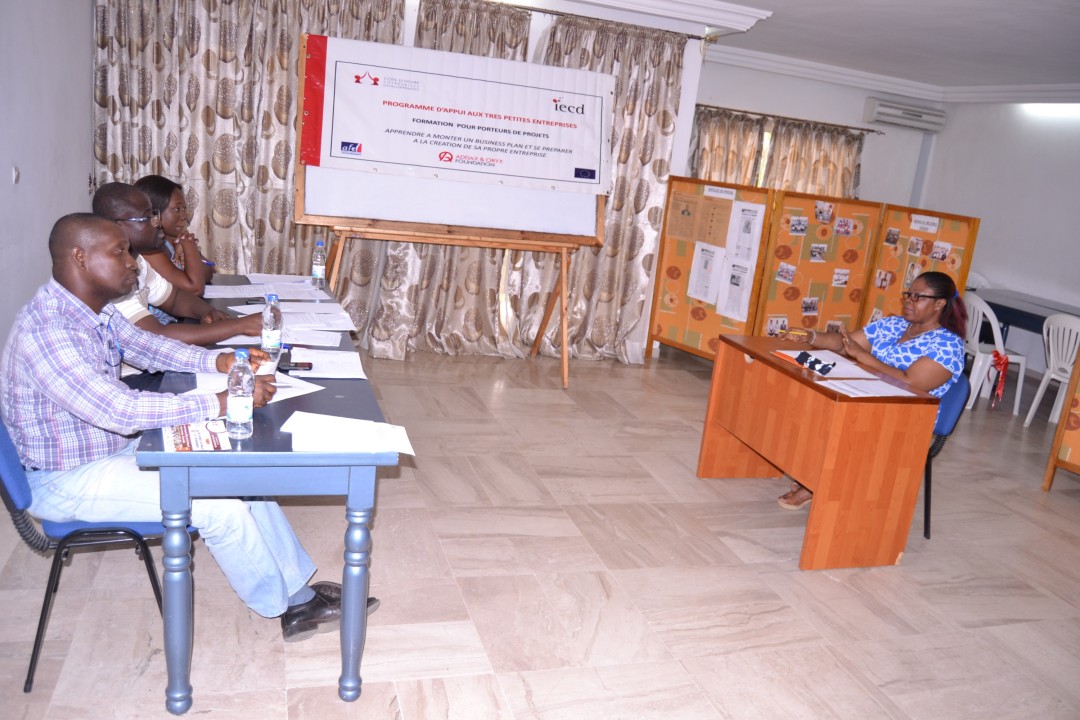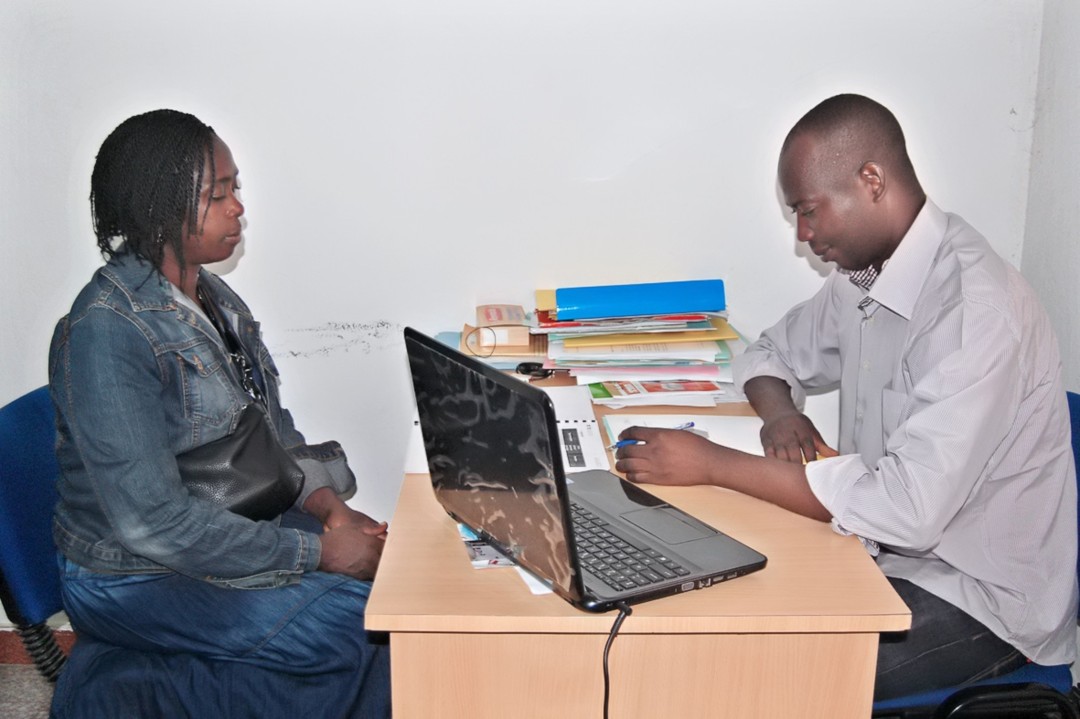Training future entrepreneurs
The project aimed to train 360 aspiring entrepreneurs (50% youths, 25% women and 25% persons with a physical disability) in the management of very small businesses. It was to include assisting them in structuring their ideas, developing a business plan and setting up a business activity. To do so, CIED was to develop a training course alternating classroom tutorials, practical exercises and individual follow-up during project implementation.
In total, 414 aspiring entrepreneurs were trained. 343 of them prepared and successfully presented a business plan (270 planned) and 197 were living off their small business. 40% of the jobs were in the service sector (hairdressing, sewing, IT maintenance), 35% in retail (butchers, various trades) and 25% in production (agriculture, livestock breeding, soap production). 78 other beneficiaries were employed and declared to be earning a living. The project also enabled CIED to develop its training courses and to put in place a solid team of trainers.
CIED (Côte d’Ivoire Entreprise Développement) is an Ivorian association that leads a support program for very small, informal businesses.
Type
EducationDuration
February 2014 – January 2017Location
Cote d'IvoireWith whom
CIED (Côte d’Ivoire Entreprise Développement)





Cote d'Ivoire
Population
24.3 million (2017)
Per Capita Income
USD 1'580/year ( 2017)
Poverty rate *
46% (2015)
Literacy rate
44% (2016)
Human Development Index
170th out of 189 countries (2018)
Côte d'Ivoire is one of the largest economies in the West African Economic and Monetary Union (WAEMU), accounting for close to 40% of the Union’s economic activity. Its development was affected by years of conflict, which led to an increase in the poverty rate from 40% in 2002 to 46% in 2015. However its impressive economic performance, with a
GDP growth rate of 8% in 2016, has resulted in a decrease in poverty. Insufficient investment in basic social services remains a challenge to child survival, in particular for children under-five (55 deaths per 1,000 live births in 2016). Public health expenditure rose from 1.7% 2011) to 5.4% of GDP (2015).
Sources: World Food Program, UNICEF, World Bank, 2016 Human Development Report, Human Development Indices and Indicators (2018 Statistical Update)
*The percentage of the population living below the national poverty line.